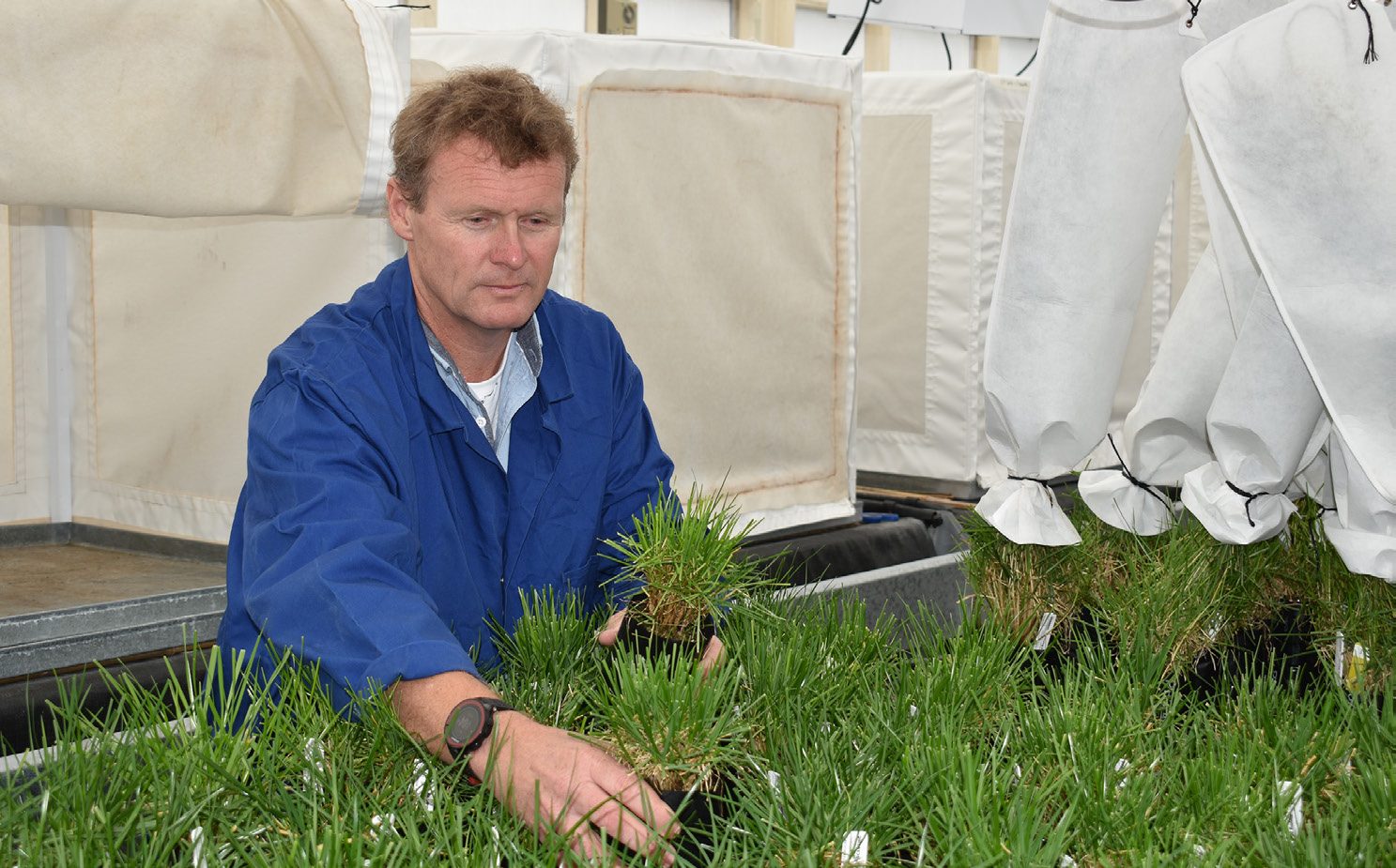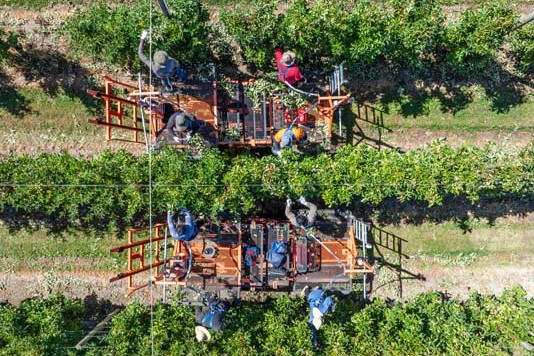US tests for NZ-developed ryegrass
Field trials of a genetically modified High Metabolisable Energy (HME) ryegrass, underway in the United States since 2017, will help determine its value proposition for New Zealand and what the next steps should be, AgResearch principal scientist Dr Greg Bryan says. By Elaine Fisher

“Regulations in New Zealand do allow for approved growing and animal nutrition trials outside of containment, however it was agreed by the parties investing in the research that the best path was to conduct these trials to date in the United States where there are less regulatory hurdles and 30 years of GM crop production.”
Regulatory approval has not been sought in NZ as yet, given the field trial work continues overseas to prove the trait for increased lipids can be successfully translated from the lab to the field.
“An important next step in the overseas research will be to feed the ryegrass to the animals in nutrition trials to help determine the value for New Zealand,” Greg says.
“Results from these animal nutrition trials will be used to inform regulators in their consideration of any application for field trials in New Zealand. Further publication of research results in peer-reviewed scientific journals will also be needed to support any application.”
The research began in 2001, initially with the goal to increase the amount of energy in ryegrass available to livestock, by increasing the lipid (fat) content in the leaves.
“For about the first seven years the development of the genetic technology to achieve higher lipid content was lab-based, and once proven, it was introduced to ryegrass and first planted in containment in New Zealand in 2013.” This was followed by the US field trials.
The modification to the ryegrass means a greater amount of metabolisable energy per kilogram available to the animal, without any reduction in plant growth or detriment to milk fat, he says.
“The increased energy is in the form of fat (lipids), which has a high energy density compared to carbohydrate (sugars) and protein, and this is achieved without any adverse effects on plant growth.”
Research in NZ continues in new state-of-the-art glasshouse facilities on the Grasslands campus in Palmerston North. The glasshouses, designed to precise performance specifications and biosecurity standards, are used to research novel ryegrass, clover, endophytes and many other forage-related species.
Along with other modified glasshouses, these new glasshouses are in use and contain a mix of genetically modified grasses; and GM endophytes, which are part of separate research.
Greg says the HME ryegrass project is complex long-term research.
“We are working on a species with challenging genetics. It takes several years to breed the HME trait into elite ryegrass varieties currently used by farmers, and very importantly, to test performance every step of the way.”
The changes in plant lipids and energy achieved in HME ryegrass have not been achieved to date using traditional plant breeding techniques.
“The modification also provides an encapsulation to protect the lipid from degradation in the plant, which cannot be achieved through conventional breeding.”
The size of any potential benefits is still to be determined from the field trials and ongoing research. The research findings to date do suggest the HME ryegrass could be one of the tools to assist in meeting NZ’s targets for reducing methane emissions from agriculture.
A study reported in The Journal of Dairy Science titled: In vitro gas production and rumen fermentation profile of fresh and ensiled genetically modified high– metabolizable energy ryegrass says in part:
“Incubation of both fresh and ensiled HME ryegrass in rumen fluid resulted in: (1) a greater percentage of valuable unsaturated fatty acids compared with the control; (2) a significant reduction of butyrate; and (3) a 10 to 15% decrease in the methane proportion of the total gas production. We conclude that ensiling could be a convenient option for preserving HME as a locally produced high-value supplementary feed; however, large-scale application needs to be investigated.”
The full report can be found at: https:// www.sciencedirect.com/science/article/pii/ S0022030220300151#!
While yet to be determined through field trials overseas and considered as part of any approved trials in NZ, Greg says the expectation is that the management required for HME rygrass will be similar to that of conventional ryegrass.
The HME ryegrass research has been funded by both government and industry partners, including DairyNZ and seed companies, with a joint governance approach to how the project is carried out and any applications for field trials or release.
The parties involved in the research are now looking at what the next steps for the project will look like, including what form the animal nutrition trial will take and where it will happen.
The HME technology is being tested in elite ryegrass material provided by the seed companies invested in the research, which could be used as future cultivars. The technology is also applicable to many crops such as soybean and corn, and this is being separately commercialised by the company ZeaKal, which has connections to AgResearch.






